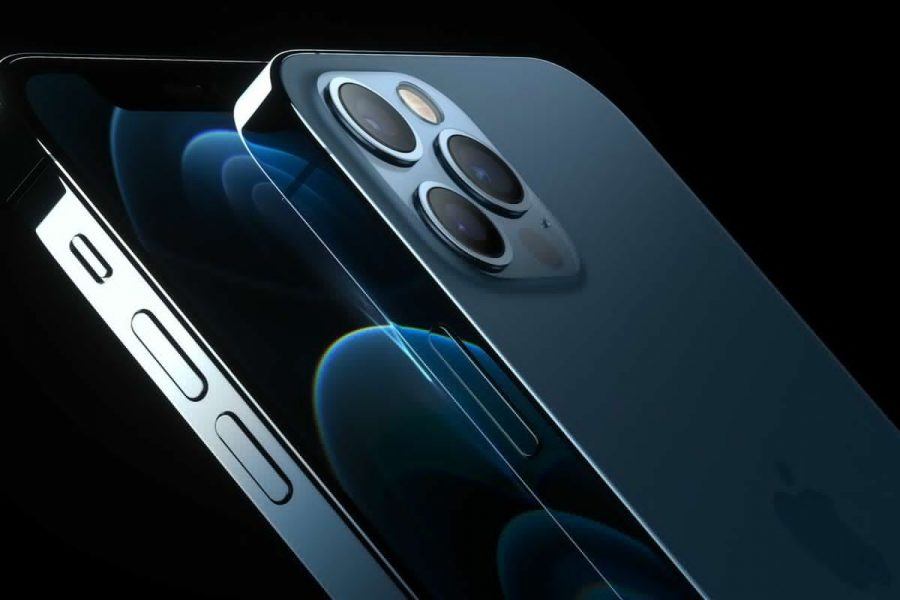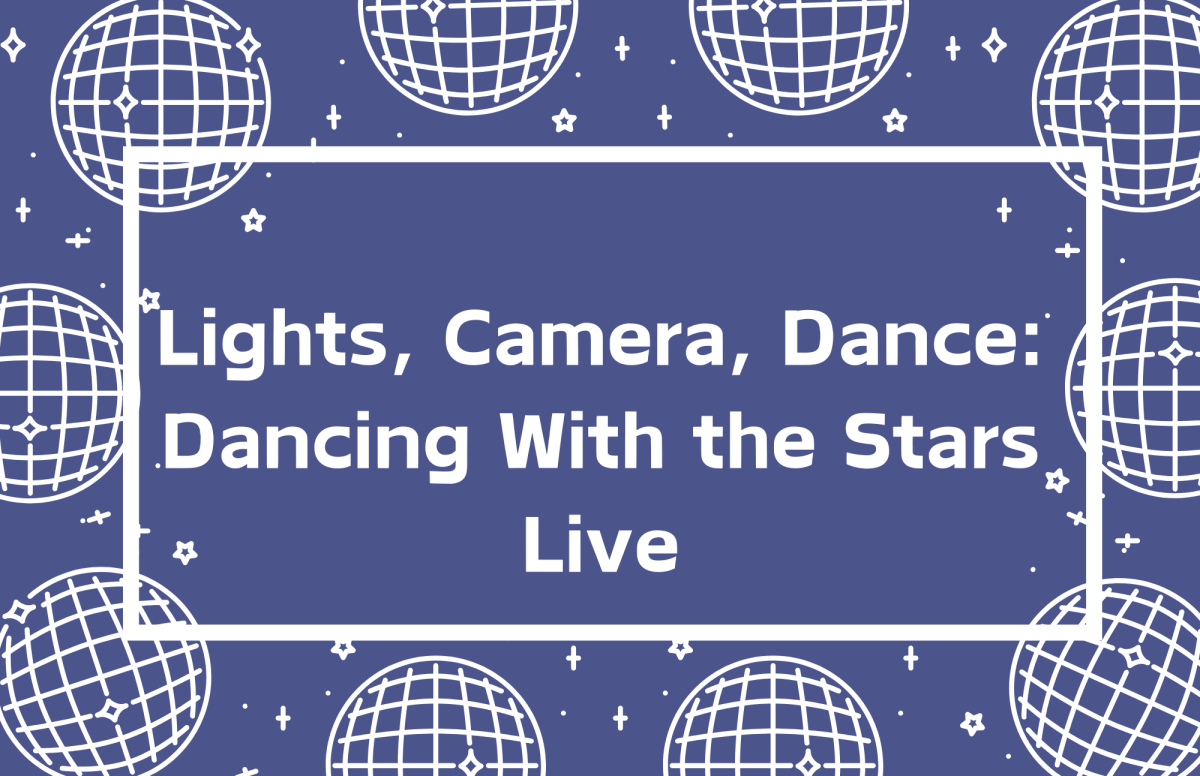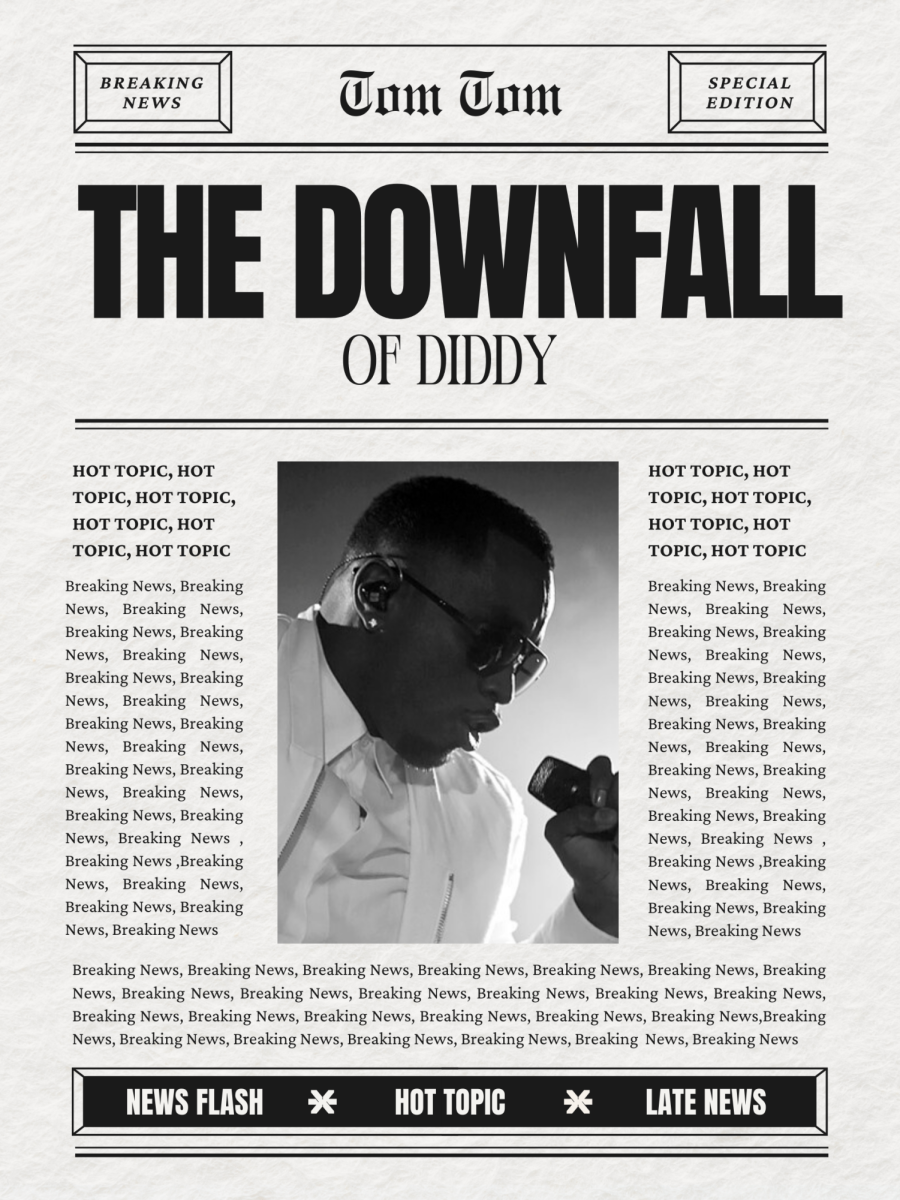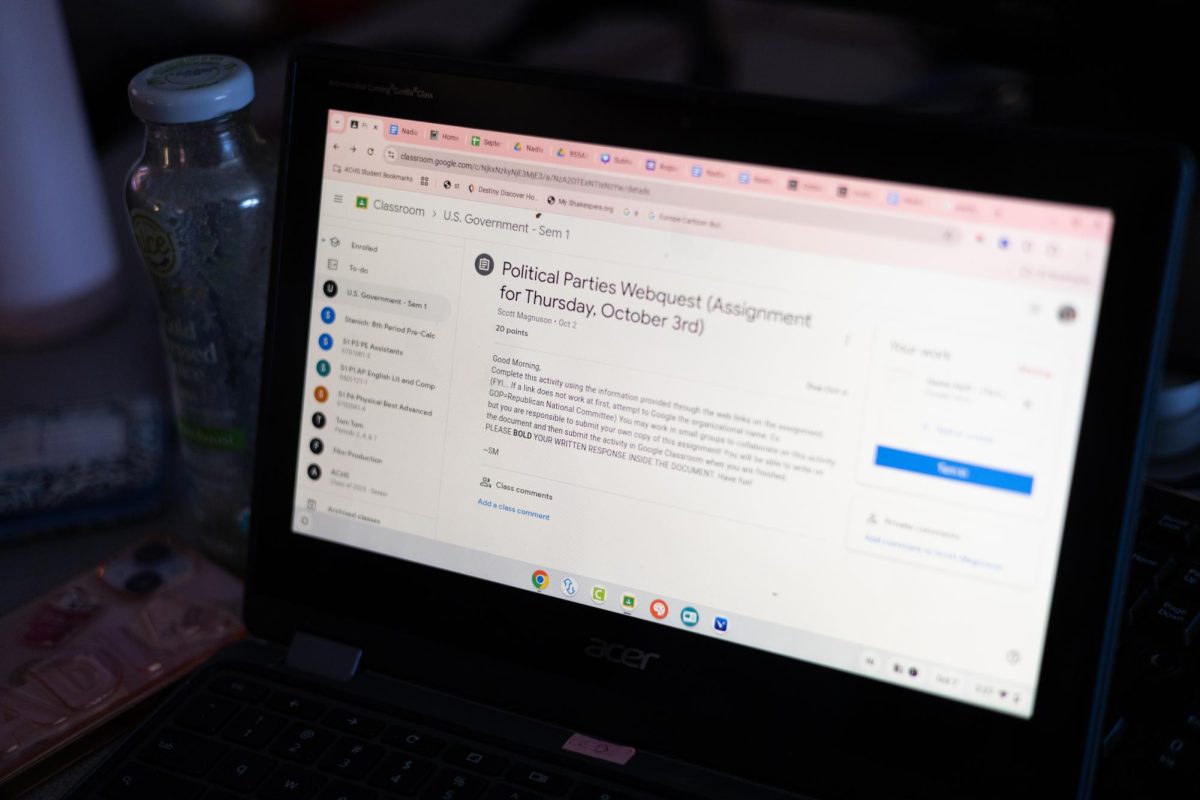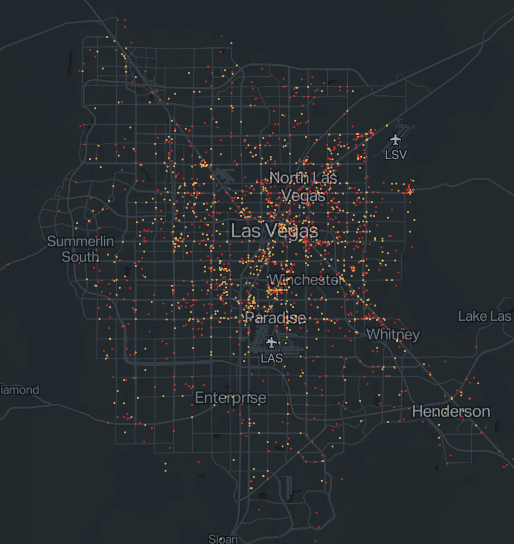During Apple’s “Hi, Speed” event on Tuesday, Oct. 13, five new devices were announced to the public, beginning with the all-new HomePod mini. Apple introduced many new technological advances to iPhone, including speed boosts and 5G connectivity, along with many others.
If accessing from a smart phone, turn phone landscape to see additional media.
HomePod mini:
Featuring Apple’s S5 chip, Apple’s newest smart speaker, HomePod, features what is being called “Computational Audio,” using complex audio analyzing models to adjust music for optimum listening. HomePod also brought with it a feature that competitors, such as Amazon Echo devices, have had for some time: the ability to simultaneously play the same music together, throughout your home. Two HomePods in the same room can also act together as a stereo pair, further increasing the audio capabilities. Integrating with the Apple ecosystem, HomePod now works with Handoff, a feature where tapping an iPhone to the device will share music between the two.
HomePod now connects with the entirety of Apple devices in an iCloud Family Sharing account. The ability to “tell everyone” allows a user to relay a message to all Apple devices in the household, including CarPlay compatible cars, Apple Watches, iPhones, iPads and AirPods. The new addition of Intercom allows a call between two HomePods in the same household for faster communication.
In a likely attempt to compete more in the smart speaker market, Apple’s new, smaller HomePod holds a starting price of just $99—significantly less than the $299 price tag of the standard HomePod released in 2018—with preorders beginning Nov. 6 and shipping on Nov. 16.
iPhone 12:
Boasting smooth, flat aluminum edges, iPhone 12’s chassis—the shell of the phone—received a well-designed update. The device is available in five colors: Black, White, (PRODUCT)RED, Green and Blue. The screen size remains the same as iPhone 11 at 6.1 inches, while being 11 percent thinner, 15 percent smaller and 16 percent lighter. Apple announced that iPhone 12 would move on from Liquid Crystal Displays (LCD) and instead take advantage of their Super Retina XDR display, an Organic LED (OLED) screen, which allows individual pixel brightness control, richer colors and true black. The new display also gives iPhone 12 two times as many pixels as iPhone 11, leading to increased sharpness.
Apple also showed off a new kind of glass, called Ceramic Shield, that would be featured on all new models of iPhone. The claim was also made that it is tougher than any smartphone glass, with four times better drop performance compared to iPhone 11. iPhone 12 is now IP68 water resistant, an improvement from last year’s models’ IP67 water resistance.
iPhone 12 takes advantage of the new Apple A14 Bionic chip, flaunting the fastest Central Processing Unit (CPU) of any smartphone, at up to 50 percent faster than other CPUs. Paired with this is the fastest Graphics Processing Unit (GPU) of any smartphone to date. The Neural Engine, Apple’s machine learning chip, now contains 16 cores, rather than the previous eight; this can enable up to 80 percent gains in performance speeds.
iPhone 12 features an ultra wide as well as a wide angle camera. The new camera system delivers 27 percent better performance in low-light conditions. Computational photography also allows for intelligent alteration of cameras to provide the best image possible. Improved Night Mode is now available on the rear cameras as well as the front facing camera.
Apple also debuted the new MagSafe system for iPhone. With MagSafe, iPhone now contains a ring of magnets within the body, allowing for more exact connections with wireless chargers. Apple announced many new accessories to go along with MagSafe, including new cases, card wallets and sleeves, as well as a list from other companies.
Apple explained their environmental sustainability, adding that lightning headphones and power adapters would not be included in the box in an attempt to reduce carbon emissions.
iPhone 12 holds a price tag of $799 for the base model with preorders beginning Oct. 16 and shipping starting on Oct. 23.
iPhone 12 mini:
Featuring a smaller footprint than iPhone 8 and iPhone SE—which both have just a 4.7 inch display—iPhone 12 mini has a 5.4 inch Super Retina XDR display. Its size makes it the smallest, thinnest and lightest 5G phone in the world. iPhone 12 mini shares all the same features as iPhone 12 in a smaller package.
iPhone 12 mini starts at $699 and is set to begin preorders on Nov. 6, with shipping starting on Nov. 13.
iPhone 12 Pro and iPhone 12 Pro Max:
iPhone 12 Pro takes on the same design as iPhone 12, replacing the aluminum edges with stainless steel. Color options include Graphite, Silver, Gold, and Pacific Blue. iPhone 12 Pro features the same Ceramic Shield glass as iPhone 12, along with MagSafe.
iPhone 12 Pro features a 6.1 inch display, which is 0.3 inches larger than last year’s iPhone 11 Pro. Likewise, iPhone 12 Pro Max increases from a 6.5 inch screen on iPhone 11 Pro Max to a 6.7 inch screen, the largest display ever on an iPhone.
The camera of iPhone 12 Pro was a main focus of the event. Apple’s improved Deep Fusion feature takes full advantage of the A14 Bionic chip for image processing, creating stunning images. This Deep Fusion feature is now also available on the front facing camera for the first time. The standard Pro model still features the wide, ultra wide and telephoto lenses that last year’s Pro model had, with a few improvements; however, the Max edition receives extra upgrades. The telephoto lense shows off improved optical zoom, as well as an all-new wide angle with 87 percent improvement in low-light performance. An improved optical image stabilization system is also set to appear, which further aids against blur due to movement.
Apple ProRAW is a feature set to be available in the camera app for both iPhone 12 Pro and Pro Max later this year. This allows the photographer to have precise control over sharpening, highlights, tone mapping and white balance, rather than the computer making those decisions every time.
HDR is also now available on videos rather than just photos. Along with this, iPhone 12 Pro and Pro Max will be the first smartphones in the world to record in Dolby Vision HDR. iPhone will also become the first non-studio device to be able to edit Dolby Vision videos. The addition of these huge video features will likely further Apple’s already extensive first-place lead in smartphone video.
The final new feature announced on the iPhone 12 Pro and Pro Max is a LiDAR scanner. LiDAR, standing for Light Detection And Ranging, bounces beams of light off of objects and measures how long it takes for it to return to the sensor, creating a three-dimensional model of the space. This new feature vastly improves augmented reality features, as well as hugely reducing time for autofocus, functioning as much as six times faster.
iPhone 12 Pro, with the starting storage capacity doubled to 128 gigabytes, keeps the $999 sticker, and iPhone 12 Pro Max starts at $1099. Preorders for the Pro begin Oct. 16, with shipments kicking off on Oct. 23; however, the Pro Max will start preorders on Nov. 6 with shipping starting on Nov. 13.
Overall:
Though Apple has had few problems with public interest and sales, the new iPhones will likely be greatly accepted by the public. Though there are still a fair deal of features left to be desired, like reverse wireless charging and faster refresh rates, the announcement of this year’s iPhones had many features that most were not expecting to see. MagSafe will likely be a large selling point on the devices, and the redesign of the chassis, which takes design cues from iPhone 5 and 5S models, should appeal to almost everyone. The addition of new colors is always welcome, and will likely cause an influx of sales.


